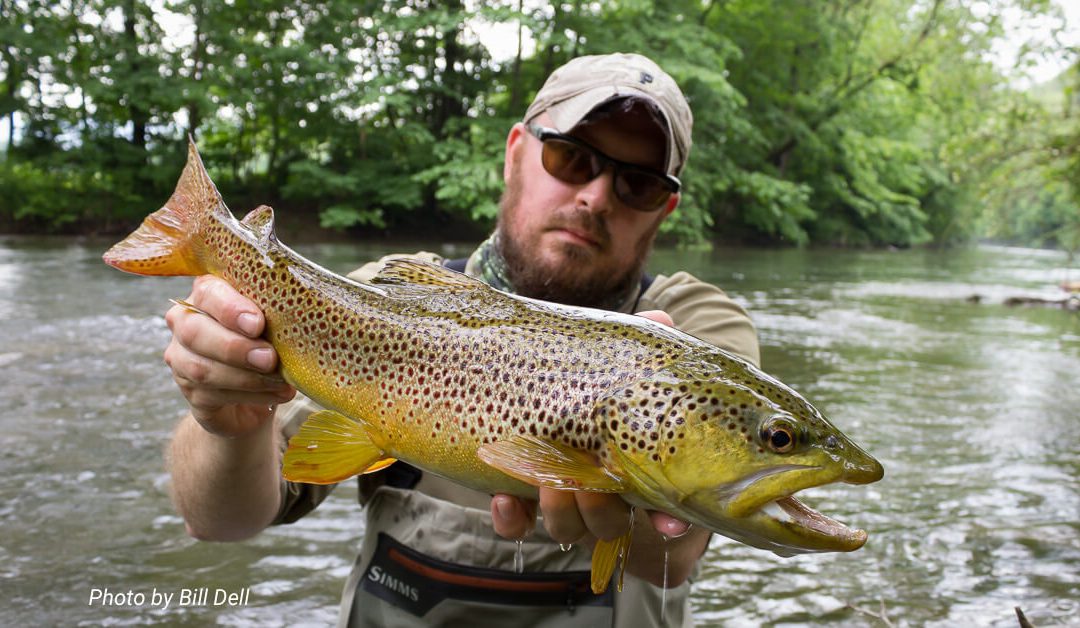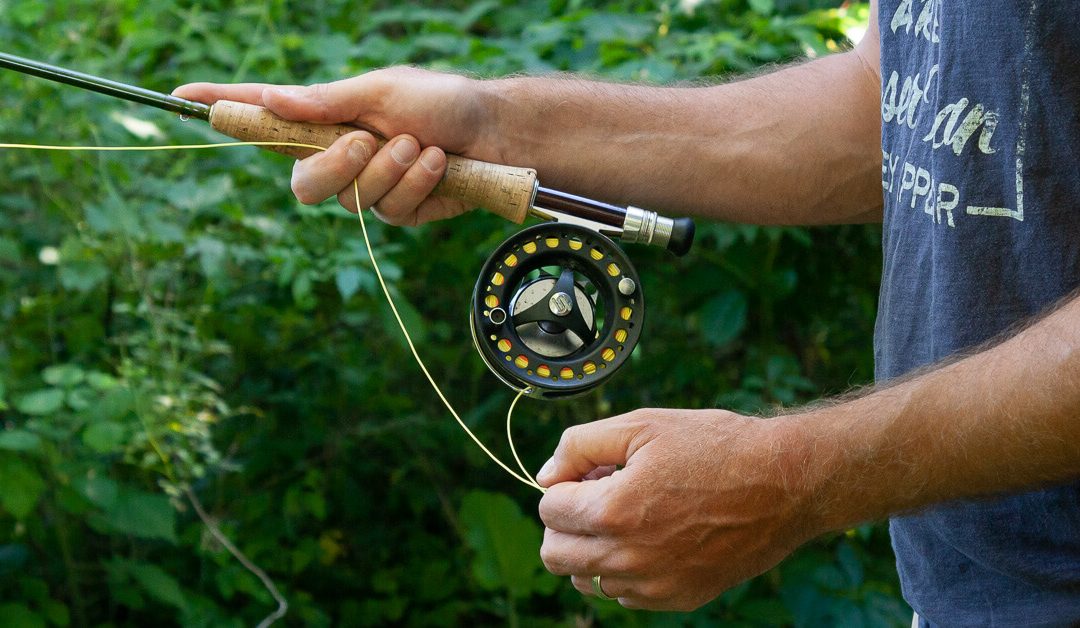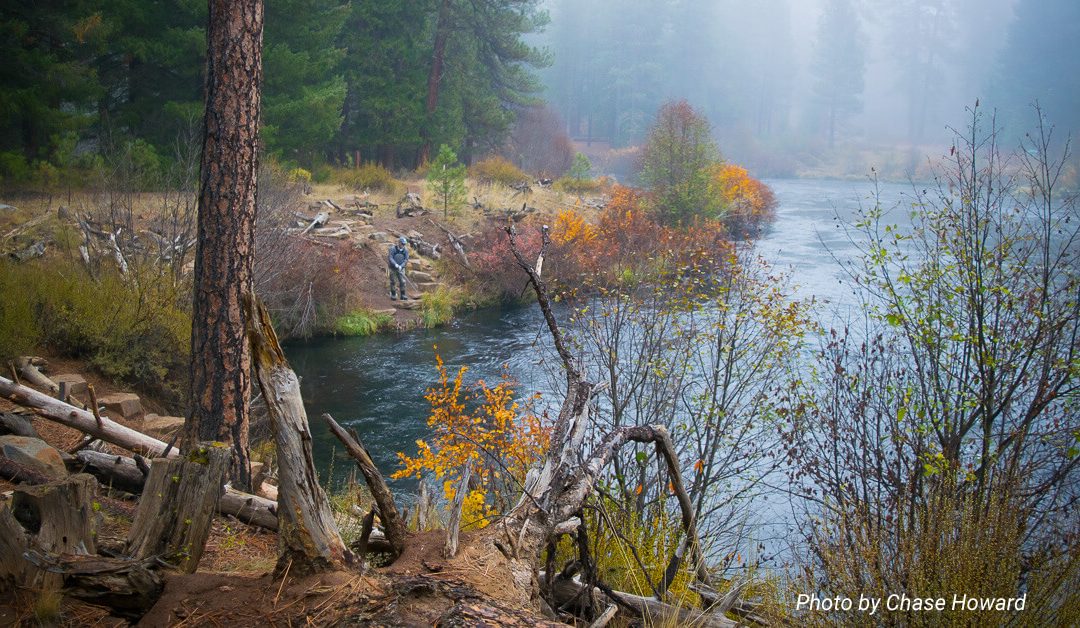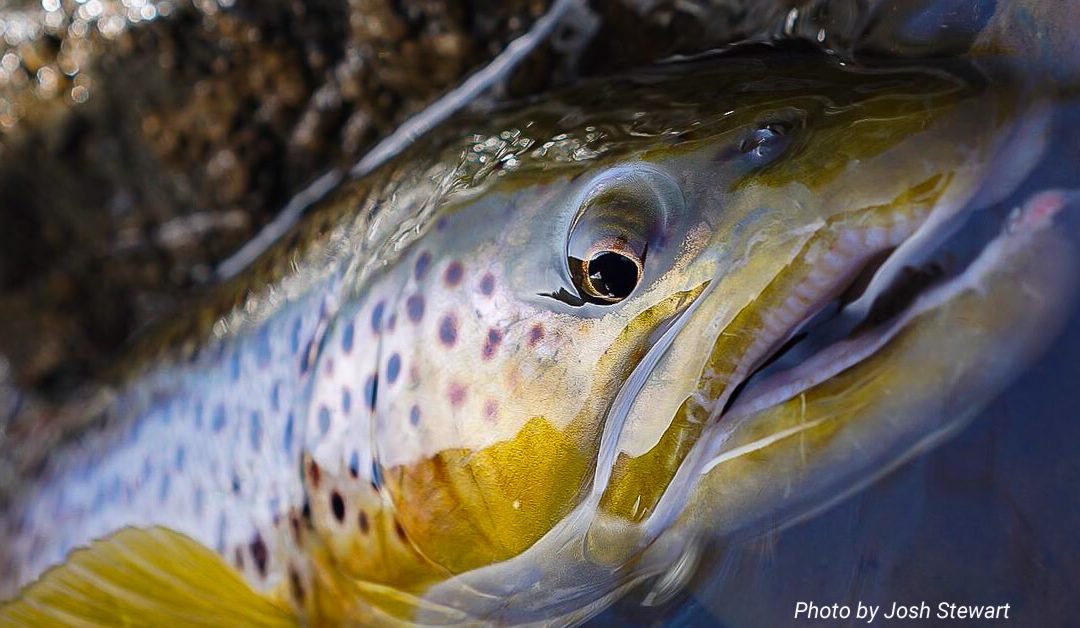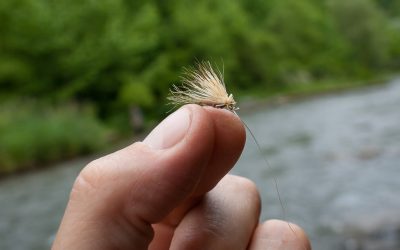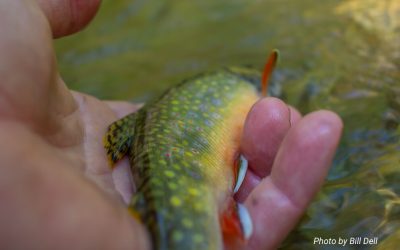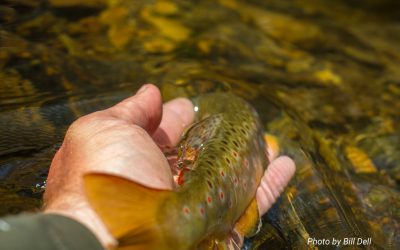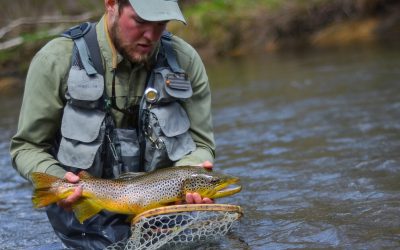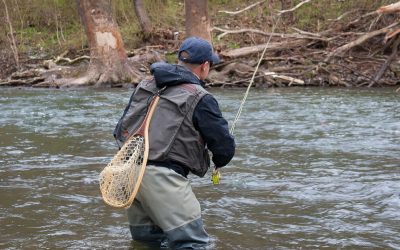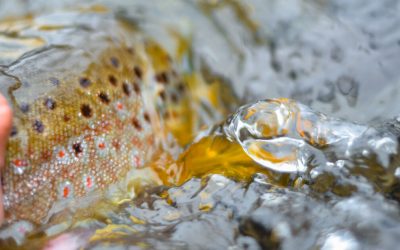There’s a canyon stretch on my home stream with a gated, gravel access road used by dog walkers, runners, hikers, bird watchers and crazed fishermen. It’s a wonderful three-mile walk up into the canyon or down from the other side. In some sections the path bumps up against the towering limestone walls, and you can feel crisp cool air pushing aside the heavy heated blanket of summer.
There are huge chunks of those same rocks that have broken off through time. They remind you how many centuries this place was here before you were, and how long it will remain after we’ve all turned to dust. The eternal boulders were separated from the crest of the cliff through the earthly power of spreading hemlock roots that infiltrated every available crack, until eventually an enormous boulder fell to the forest floor and rolled into the river, providing a landmark and a constant reminder of how small your space in time really is.
So it’s a good walk up in there. And lots of anglers make the trek. But here’s the funny thing: people stop and fish the same places, day after day, year after year. All of us do it.
